#Mädler Passage
Text
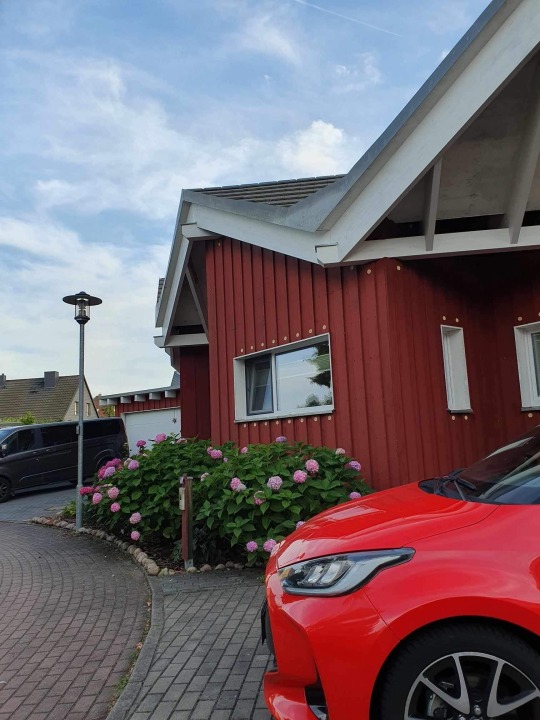
25-08-23: so fara vit frá Frau Romy Schmeisser í Roggenring inn ímiðbýin í Leipzig við . Vit parkera bilin og ganga okkum beint í ein marknað og nógv áhugavert. Ja, vit keyptu okkurt smáting og fingu okkum kaffi og apfelstrudel inni í Mädler Passage. Aftaná fóru vit inn í Sankta Thomas kirkjuna at biðja um fyrigeving fyri okkara materiella vild-fárilsi. Ok, so var lunchtime í Vienna House. So aftur at hyggja okkum um áðrenn vit koyrdu suðureftir til ein Autohof í Asbach-Bäumerheim. Í morgin gongur leiðin víðari vestureftir til Frankaríkis.

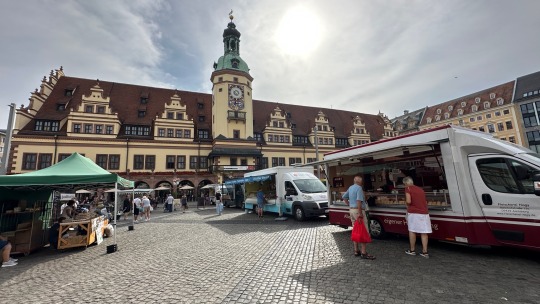
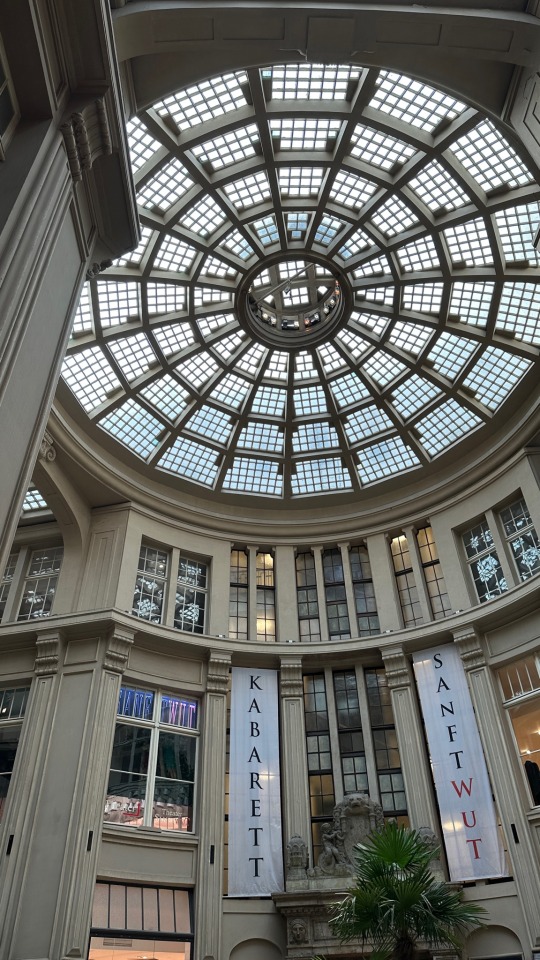
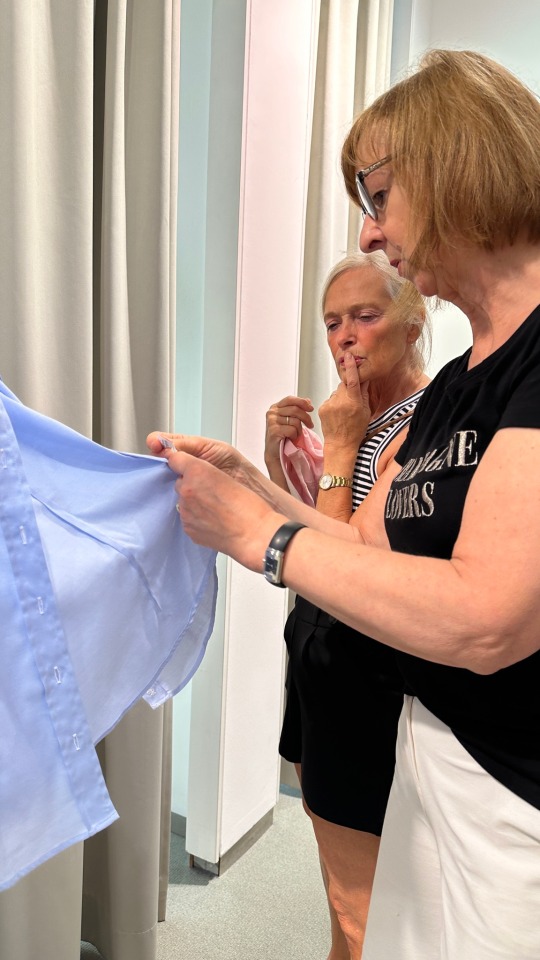
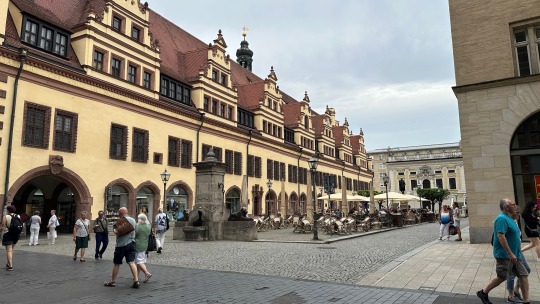
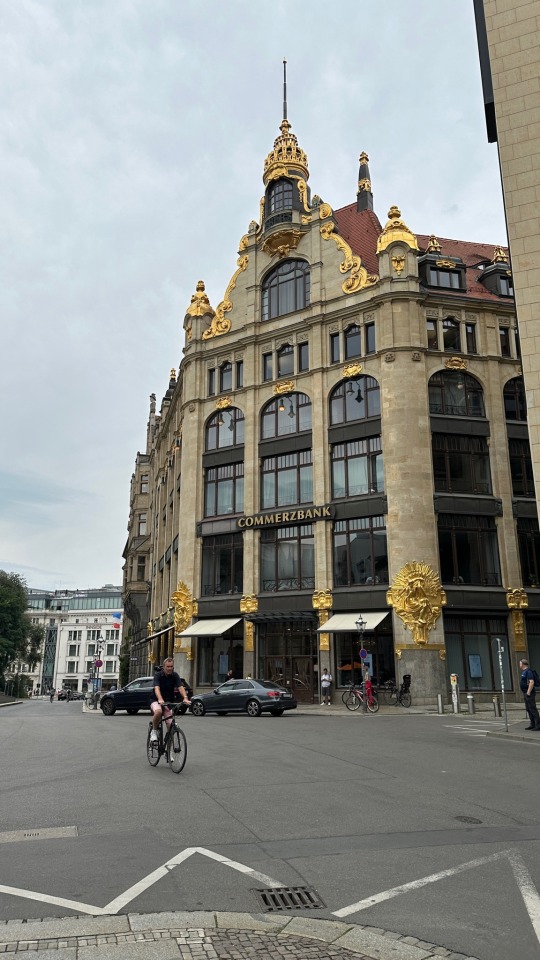

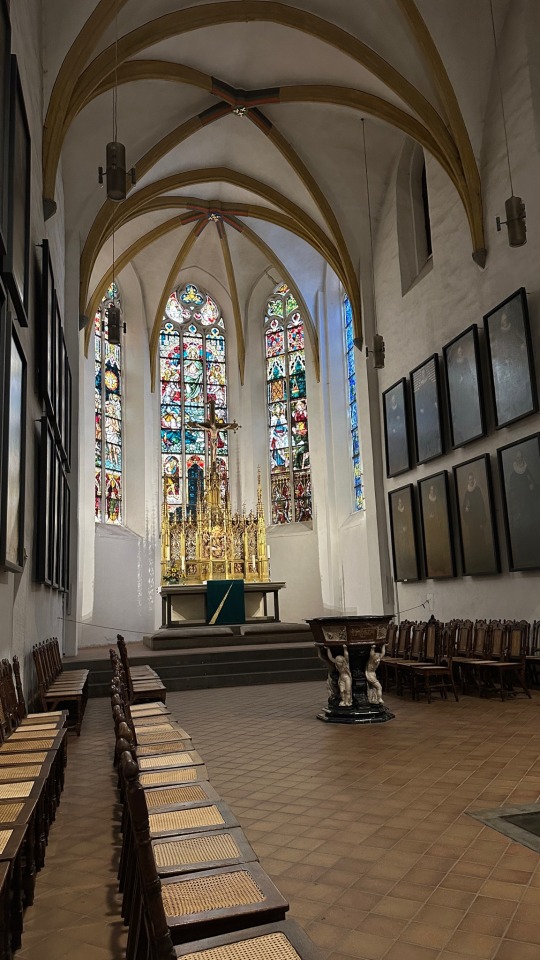
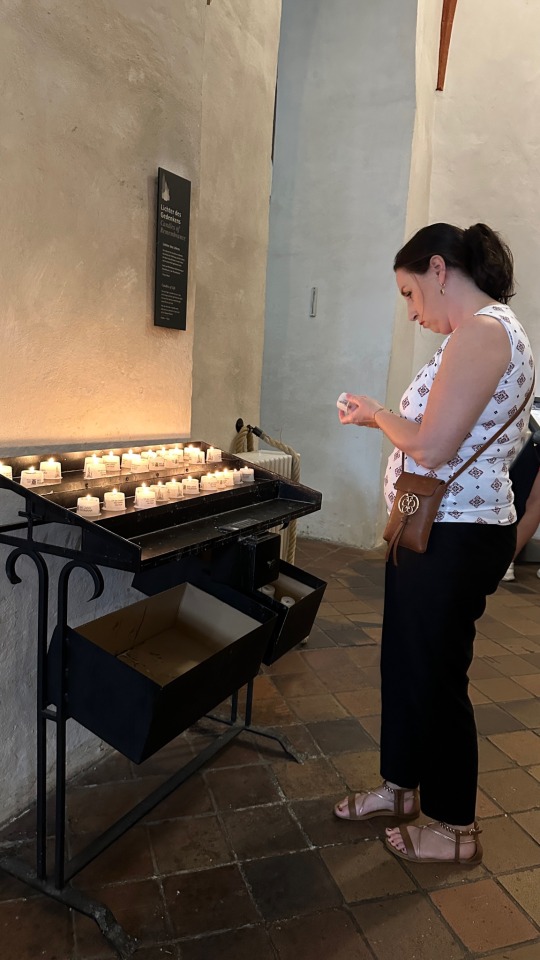
2 notes
·
View notes
Photo
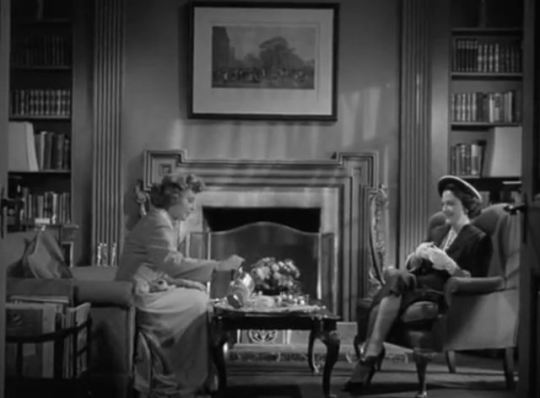
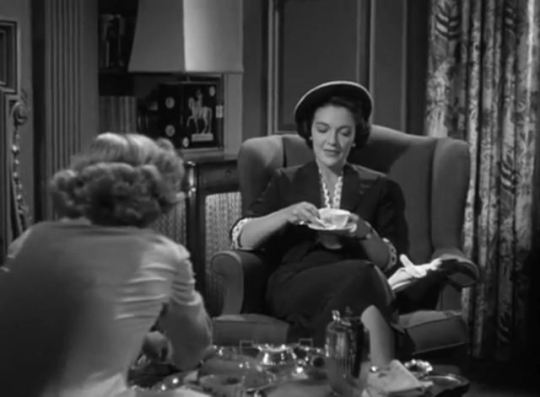
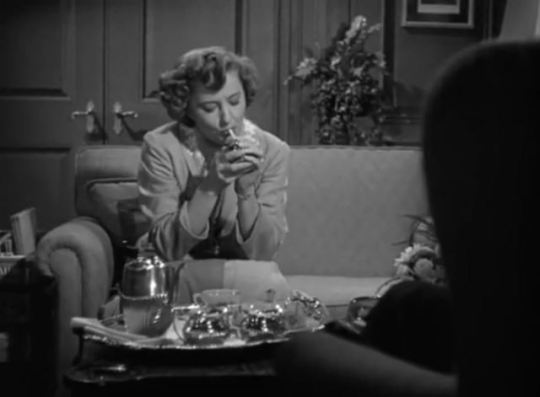
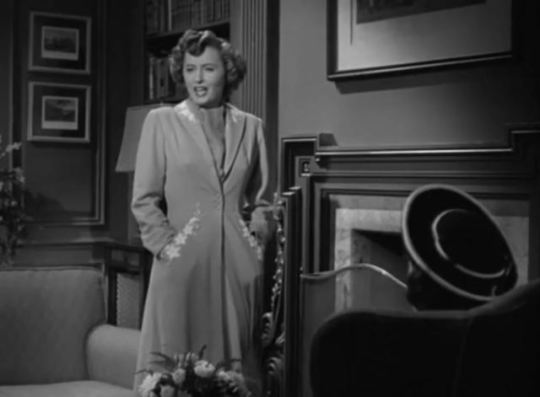
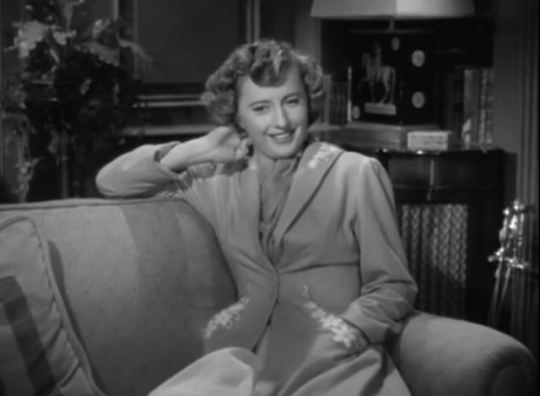
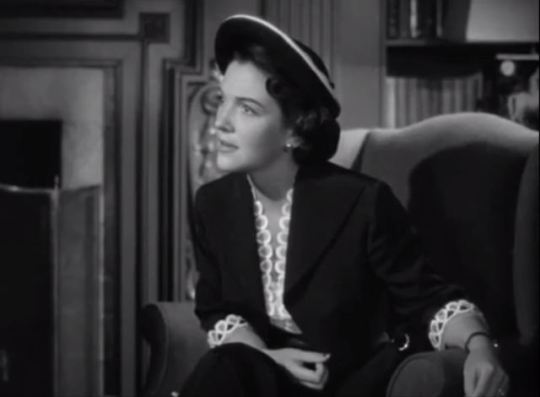

*

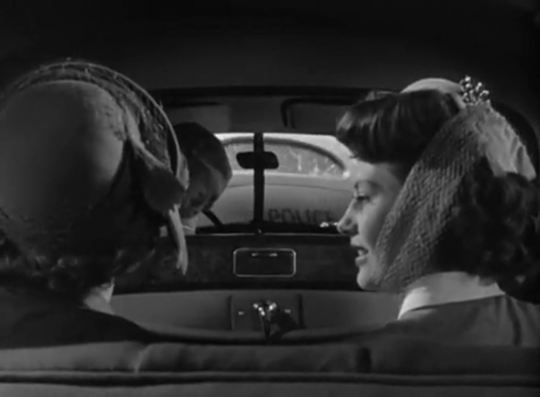

*

#east side west side#mervin leroy#der gott des gemetzels#roman polanski#berlin#wall#die bilder an der wand#kamin#lampe#wächter#alte nationalgalerie#alexa#mädler passage#uhw#malice#marlene dietrich
1 note
·
View note
Photo
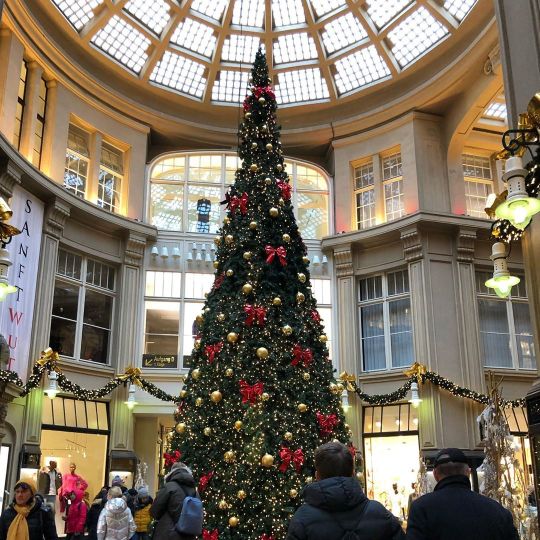
Mal wieder in #Leipzig (hier: Mädler-Passage) https://www.instagram.com/p/B6tWg4nomh8/?igshid=1cxsn76gtktz5
0 notes
Photo
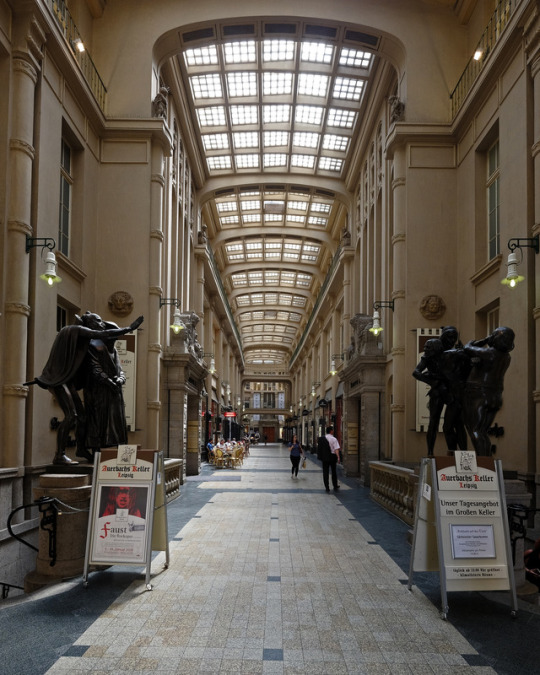
Mädler-Passage, Leipzig. May 2017.
66 notes
·
View notes
Photo
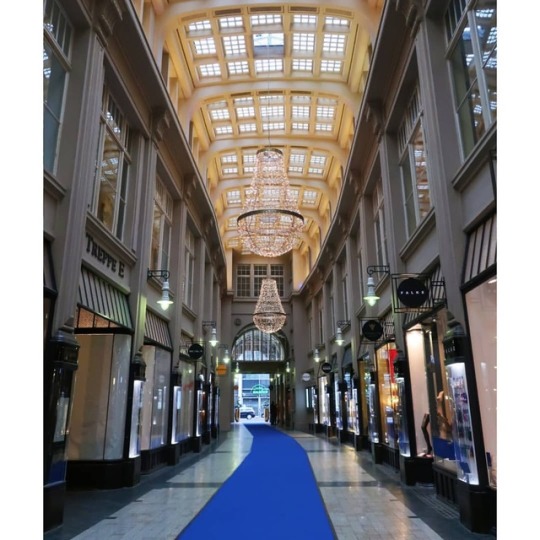
em Mädler-Passage https://www.instagram.com/p/Bv4xXsKHoGv/?utm_source=ig_tumblr_share&igshid=1ajy1r5b3iijf
0 notes
Photo
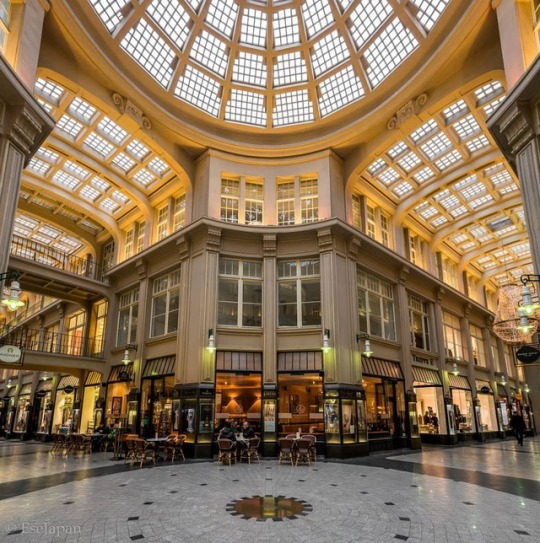
Left or right? 🚶 - Madler Passage: Leipzig, Germany 🇩🇪 . . In cooperation with Leipzig toursim board, I am taking over their Instagram account for this weekend. On stories, I will show you to some of gallaries and museums of the city. So be sure check @leipzigtravel 🇩🇪 (at Mädler-Passage) https://www.instagram.com/p/BsgQ7tiBxwe/?utm_source=ig_tumblr_share&igshid=1odfvgffeqixm
0 notes
Photo

#germany #deutschland #leipzig #roof #glass #passage (bij Mädler-Passage)
0 notes
Text
Leipzig Travel Guide
http://www.holidayinformations.com/leipzig-travel-guide/
Leipzig Travel Guide
Since the Holy Roman-German Empire period, Leipzig, one of Germany’s most important trading cities, offers a different experience with its attractions, well-established universities, squares with cultural and artistic trails, historic buildings and rich museums. Leipzig, one of the most important centers of German culture, is one of the most impressive places of Eastern Europe geography for me.
The central population of Leipzig, which means the location of the linden trees, is 500 and the metropolitan population is over 3.5 million. In the city known for its printing and book houses in Europe, the presence of educated population is felt. I love Leipzig because of the places to see and see, as it is a city that has become a city with music, art, history.
Leipzig Markt
The Leipzig Markt (Old Market), where the Altes Rathaus is located, is one of the oldest and most spectacular districts of the city, under the influence of the Renaissance period. Watch as much as you live in the city, and the mobility of the square and the surrounding area continues throughout the day.
Hauptbahnhof Leipzig
With 26 platforms, Leipzig’s main railway station is the largest in Europe. It is a monument built in 1915 and preserved under protection today. The only thing missing in the whole complex is a bar. Most of the shops and restaurants are open until 10 pm, including Sundays. Thanks to its historical background, it is one of the most beautiful places to shop in East Germany.
Auerbachs Keller
Founded in 1525, Auerbachs Keller is one of Germany’s most famous restaurants. Both were peaceful and touristy, and the dinners were also quite tasty and the presentation was also lovely. It has two different sections; 4 historic rooms of the Historische Weinstuben, with Grosser Keller and a high-level foundation that you can find healthy Saxon dishes. The “Goethe Chamber” houses countless memories of the famous poet. Absolutely and absolutely you must make a reservation before you arrive. The restaurant’s passageway Mädler Passage is also quite famous.
Leipzig Universitätsturm Panorama Tower
The city is located next to the Augustus square, which is close to the center Markt. The highest building in the city is already visible, from the side. This building, which is known with nicknames like ‘Dev’, ‘Vertical Slope’ or ‘Wisdom Tissue’, ‘Sivri Diş’, is 142 meters high. There is an architecture that looks like an open house. It is possible to see the entire city from the landscape platform on the 31st floor. It is one of the places where the best photograph of the city of Lepzig can be seen. When the public is open, it is possible to see the Völkerschlachtdenkmal monument in the east of Leipzig, which was built in memory of the historical wars of 1813. The restaurant and cafe are hardly a romantic.
International War Memorial
The monument was built to commemorate the great defeat of Napoleon in the 1813 wars, which had a lot of prescriptions in the founding of the city and in the old history of Germany. It is located on the backs of the city. The 150-meter-high monument also has the title of Europe’s greatest monument. (Völkerschlachtdenkmal), erected in 1913 in the name of the loss of life in the war. Despite its enormous size, the entire region is worth visiting. To celebrate the victory of the Prussians it is now possible to go up to 500 feet and 91 meters. From here you can see the city as well as you can take photos.
St. Nicholas Church
The meeting point of the people organized during the suppression of the communist regime The Nicholas Church (Nikolaikirche) was transformed into a scene where the song “we are people” was sung every Monday before the government collapsed. Every Monday at 5 o’clock in the church where the Gothic architecture dominates, the peace sermons that started the revolution in 1989 continue to be given.
St. Thomas Church (Thomaskirche)
A good example of the Gothic architecture is St. Thomas Church is at the forefront of the most important places in Leipzig. It is sanctified by Merseburg Psychopath on April 10, 1496. Great reformer Martin Luther in 1539 He preaches here.
Zum Arabischen Coffe Baum
Leipzig also has the oldest coffee house in the world. The name Zum Arabischen Coffee-Baum is called “Coffee Tree”. At the historic Zum Arabischen Coffe Baum, a café and a museum, you can get a lot of great information about coffee culture in Europe, especially in Saxony. This café is one of the oldest cafes in the continent and served at the time with famous folk such as Gotthold Lessing, Schumann, Goethe and Liszt. The museum has many paintings, Arab coffee boats and cafe games.
Bach House
The Bachhaus (Bach-Archiv Leipzig), a once-in-a-lifetime family house, is located directly opposite the Thomaskirche and is now used as a museum dedicated to the life and works of composers. The reorganized museum has many interactive exhibits. The way Bach works, the artist’s life and works are presented interactively with audio narration, visual work, and of course, their works.
Gewandhaus Leipzig
Gewandhaus Leipzig
The world famous Neues Gewandhaus (New Orchester Building) is the meeting point of art enthusiasts in Leipzig. Leipziger is the home of the Leipzig Philharmonic Orchestra, built by glass and concrete work in the shadow of the Universitatrum. Former director Kurt Masur and Michael Köhler are under the direction of this place. It has a world-famous acoustics, so that a single tone echoes for exactly 2 seconds.
Grassimuseum
Grassimuseum is home to three major museums. Museum für Angewandte Kunst, Museum für Völkerkunde and Museum für Musikinstrumente.
Museum für Angewandte Kunst exhibits a gigantic 2,000-year archive of porcelain, kilim, and modern house designs, the traditional handicrafts of Leipzig and eastern Germany. Museum für Völkerkunde, which has works of art belonging to all the continents and many eras, attracts a lot of antique works especially belonging to Southeast Asia. The Museum für Musikinstrumente is a museum of musical instruments, mostly belonging to the Renaissance period and having the world’s oldest clavés built in Italy in 1543. There are also instruments such as çibalo, flute and ud.
0 notes
Text
The cosmopolitan city of Germany
By Ron Stern | Global Gumshoe
Located in the East German state of Saxony at the confluence of three rivers, Leipzig has always been a historically important city. Many notable figures have lived here, and its citizens were instrumental in bringing about the fall of communism in Eastern Europe.
Today, while still honoring its past, Leipzig is steering a clear course toward a vibrant future in the arts, culture, cuisine and tourism.
The Kroch-Haus building is part of the University of Leipzig. (Photo by Ron Stern)
During the days of the Roman Empire, Leipzig was considered a primary trade city owing to its strategic location along major roads such as the Via Regia (Royal Highway), which stretched from the Rhine River to Frankfurt. Also known for its culture and music, Leipzig was home to Bach, Wagner, Schumann and Mendelssohn.
Bach was, forgive the pun, instrumental in the early development of the St. Thomas Church Choir and was also its conductor from 1723-50. Today, the St. Thomas Boys’ Choir of Leipzig honors Bach in its repertoire and delights audiences all over the world. Cantinas can be heard here every Friday and Saturday.
During WWII, the city was moderately bombed by the Allies and much of its culture and creativity suffered under the rule of the communist German Democratic Republic (GDR) and its authoritarian secret police known as the STASI. The movie “The Lives of Others” depicts what life was like under this oppressive regime.
During the 1980s, some of the local citizens started meeting at St. Nicholas Church every Monday to pray for peace. This led to a series of nonviolent protests against the GDR regime known as the Monday demonstrations. On Oct. 9, 1989, 70,000 marched and chanted, “Wir sind das volk!” (“We are the people!”)
Without the usual massive crackdown by the government against the protestors, larger demonstrations followed, and by Nov. 9, the Berlin Wall came down, owing, in part, to the pressure exerted by the Leipzig residents.
The building once used by the STASI is now known as The Museum in the Round Corner and a testament to the brutality of the past and to the bravery of those residents who were part of what came to be known as The Peaceful Revolution.
Art and culture
In recent years, Leipzig has emerged as a tourist mecca with museums, restaurants and historical sites to explore. One such area that is being reclaimed is known as the Spinnerei.
Situated in an industrial zone and constructed with tons of red bricks, the building was once the largest cotton mill in Europe. Today, it houses 12 galleries and around 100 artist studios, including works from artists like Neo Rauch of the New Leipzig School of modern German painting.
The Leipzig Opera House is known as the third oldest bourgeois musical stage in Europe and is as beautiful inside as it is outside. It is located on what used to be known as Karl Marx Square, the site of the Quiet or Peaceful Revolution of 1989. Today, a wide variety of musical programs are available from modern opera to Baroque music to ballets.
The old city hall building in Leipzig (Photo by Ron Stern)
Looking something like a large green-hued cube, the Museum der Bildenden Künste, or fine art museum, houses more than 3,500 paintings and features works by Degas, Monet and Max Klinger. Other museums are the Bach Museum, STASI Museum and GRASSI Museum of Applied Arts. The latter includes more than 1,500 works inspired by the art nouveau and art deco periods.
Beautiful buildings are everywhere and the Old City Hall is a glorious example of Renaissance-period architecture. On weekends, the adjacent market square comes alive with vendors turning the area into a farmers’ market and offering everything from eggs to cheese to flowers. Each hour, the clock tower chimes as if to punctuate the unfailing spirit of the city.
Culinary
The so-called coffee culture is in full brew mode here, and the Zum Arabischen Coffe Baum is one of the oldest surviving coffee houses in Europe. Bach, Goethe and Robert Schumann are among its famous guests.
Upstairs is a coffee museum with 500 or so interesting coffee-related exhibits. Another one, Coffee House Riquet, can be recognized by the two elephant heads above the main door, a nod by the architect to the area’s Asian trading links. This is a good place to sit, relax and enjoy local coffee and cake.
You will never go hungry as Leipzig has more than 1400 pubs and restaurants as well as sidewalk cafes. Many locals affectionately refer to the latter as LE’s, from the German word freisitz.
Sit outside and watch the world go by while indulging in local cuisine or beer. Grilled bratwurst with German mustard was something I could always find from local vendors, and this is simple, culinary nirvana when served on a crispy roll.
Roulad at Auersbachs Keller (Photo by Ron Stern)
The most famous restaurant in Leipzig is Auersbachs Keller, mentioned in Goethe’s “Faust.” Located downstairs in a shopping arcade, this establishment was started as a wine bar for students.
Its origins can be traced perhaps all the way back to 1438. Nowadays, they serve local cuisine, and their roulade with red cabbage and dumplings is among the best you will find anywhere.
Overlooking Market Square and the Old City Hall, Restaurant Weinstock serves local German cuisine and seasonal specials. Everything here is prepared fresh and might include roast duck, white asparagus, locally caught fish, butter schnitzel, and potato pancakes with applesauce.
During autumn, one entree features fresh chanterelles with pan fried bacon and onions and a bread dumpling (18 euros). They have a nice wine selection, and you can savor your candlelight meal in one of the most historic sections of Leipzig.
While you’re here, you will also want to try some of the local delicacies. Leipziger Allerlei is a vegetable dish made with carrots, asparagus, cauliflower, morel mushrooms, prawns and bread dumplings.
Another local dish is Leipziger Lerche, developed in response to the banning of lark hunting by the King of Saxony in 1876. This alternative is made with short-crust pastry, almonds, marzipan and nuts, all topped with a drop of strawberry jam in what resembles a bird’s nest.
Shopping
There are many other things to see and do here, and shopping ranks high on the list by visitors. You can start spending your euros as soon as you get to the Leipzig Central Train Station (one of the largest in Europe), which has been converted into a colorful three-floor, 140-shop retail extravaganza.
As you leave the railway station, you’ll find many high-end shops along the Nikolaistraße including H&M, Breuninger and Karstadt. Many of the old passageways have been restored into a honeycomb network of about 30 covered arcades, 20 of which are original around the inner city.
The Mädler Passage, built between 1912-14, was patterned after the Galleria Vittorio Emanuele in Milan. Trendy fashions, restaurants and small boutiques can all be found here. The oldest original arcade in Leipzig is called Specks Hof and offers a variety of jewelry, leather goods, fine wines, and chocolates. Höfen am Brühl is one of the newer and largest retail shopping centers with 110 specialty shops of every type.
Transportation
Bicycles are popular in many parts of Europe, and exploring Leipzig by bike is a fun and leisurely way to see some of the city’s most interesting sights. One company (Lipzi Tours) offers routes that run from downtown to Schleußig and Platgwitz, taking you along the Karl Hein Canal and eventually to the aforementioned Spinnerei.
In addition to two-wheel transportation, there are tour buses and boat rides along more than 200 kilometers of waterways and canals that intertwine themselves around the city. The Leipzig Card provides unlimited public transportation and also special deals on tours, cultural events and restaurants.
Once you come for a visit, you will find that this former member of the GDR has turned itself around in a big way with tourist visits that rival other major German cities.
Whether it is art, music, food or history, Leipzig is one destination that will not disappoint.
—Contact Ron Stern at [email protected] or visit his blog at globalgumshoe.com. This was a sponsored visit, however, all opinions are the author’s.
#gallery-0-6 { margin: auto; } #gallery-0-6 .gallery-item { float: left; margin-top: 10px; text-align: center; width: 33%; } #gallery-0-6 img { border: 2px solid #cfcfcf; } #gallery-0-6 .gallery-caption { margin-left: 0; } /* see gallery_shortcode() in wp-includes/media.php */
Conor Chinn
La Jolla Cave
Demographics of La Jolla
Community Groups La Jolla
Landmarks in La Jolla
Rolf Benirschke
Gerry Driscoll
Dick Enberg
Doug Flutie
J. J. Isler
Gene Littler
Rey Mysterio
Bob Skinner
Joel Skinner
Craig Stadler
Alexandra Stevenson
Lou Thesz
John Michels
Izetta Jewel Miller
Religious Institutions in La Jolla
Beach Barber Tract
Beach Barber La Jolla High School
Missing Attachment
Missing Attachment
San Diego Short Sale Real Estate Investing
Missing Attachment
Missing Attachment
Missing Attachment
Missing Attachment
Missing Attachment
Rehabbing San Diego Real Estate
Rehabbing San Diego Real Estate
Rehabbing San Diego Real Estate
Rehabbing San Diego Real Estate
Rehabbing San Diego Real Estate
Rehabbing San Diego Real Estate
seven bridge walk
bridge balboa park
bridge balboa park walk
balboa park bridge
banker hill walk
Missing Attachment
Missing Attachment
Missing Attachment
Missing Attachment
Missing Attachment
Missing Attachment
Missing Attachment
Missing Attachment
Missing Attachment
Missing Attachment
Missing Attachment
Missing Attachment
Missing Attachment
Missing Attachment
Missing Attachment
Missing Attachment
Missing Attachment
Missing Attachment
Missing Attachment
Missing Attachment
Missing Attachment
Missing Attachment
Missing Attachment
Missing Attachment
Missing Attachment
Missing Attachment
Missing Attachment
Missing Attachment
Missing Attachment
Missing Attachment
Missing Attachment
Missing Attachment
Missing Attachment
Missing Attachment
Missing Attachment
Missing Attachment
Missing Attachment
Missing Attachment
Missing Attachment
Missing Attachment
Missing Attachment
Missing Attachment
Missing Attachment
Missing Attachment
Missing Attachment
Missing Attachment
Missing Attachment
Missing Attachment
Missing Attachment
Missing Attachment
Missing Attachment
Missing Attachment
Missing Attachment
Missing Attachment
Missing Attachment
Missing Attachment
Missing Attachment
Missing Attachment
Missing Attachment
Missing Attachment
Missing Attachment
Missing Attachment
Missing Attachment
Mission Valley Carjacking at Promenade
p-89EKCgBk8MZdE
Original Article Provided By: MissionTimesCourier.com Leipzig The cosmopolitan city of Germany By Ron Stern | Global Gumshoe Located in the East German state of Saxony at the confluence of three rivers, Leipzig has always been a historically important city.
0 notes
Photo
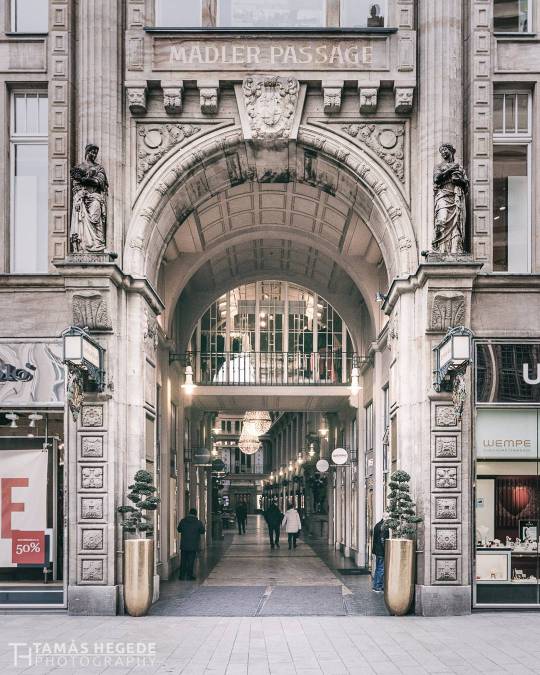
The Mädler Passage. 😀 #thisisleipzig #leipzigram #leipzigliebe #streetsofleipzig #iloveleipzig #leipzigtravel #lieblingsleipzig #leipzigcity #weloveleipzig #igersleipzig #germanytourism #simplysaxony #vscogermany #dslr #70d #canon70d #dslrphotography #urbanandstreet #streetphotography #urbangrammers #street_perfection #streetdreams #visualmobs #streetdreamsmag #streethype #streetmobs #agameoftones #createcommune #urbangathering #urbanromantix http://ift.tt/2kRf1a8
0 notes
Photo

The wonderful Mädler-Passage! ❤ #thisisleipzig #leipzigram #leipzigliebe #streetsofleipzig #iloveleipzig #leipzigtravel #lieblingsleipzig #leipzigcity #weloveleipzig #igersleipzig #germanytourism #simplysaxony #vscogermany #dslr #70d #canon70d #dslrphotography #urbanandstreet #streetphotography #urbangrammers #street_perfection #streetdreams #visualmobs #streetdreamsmag #streethype #streetmobs #agameoftones #createcommune #urbangathering #urbanromantix http://ift.tt/2k98KCq
0 notes